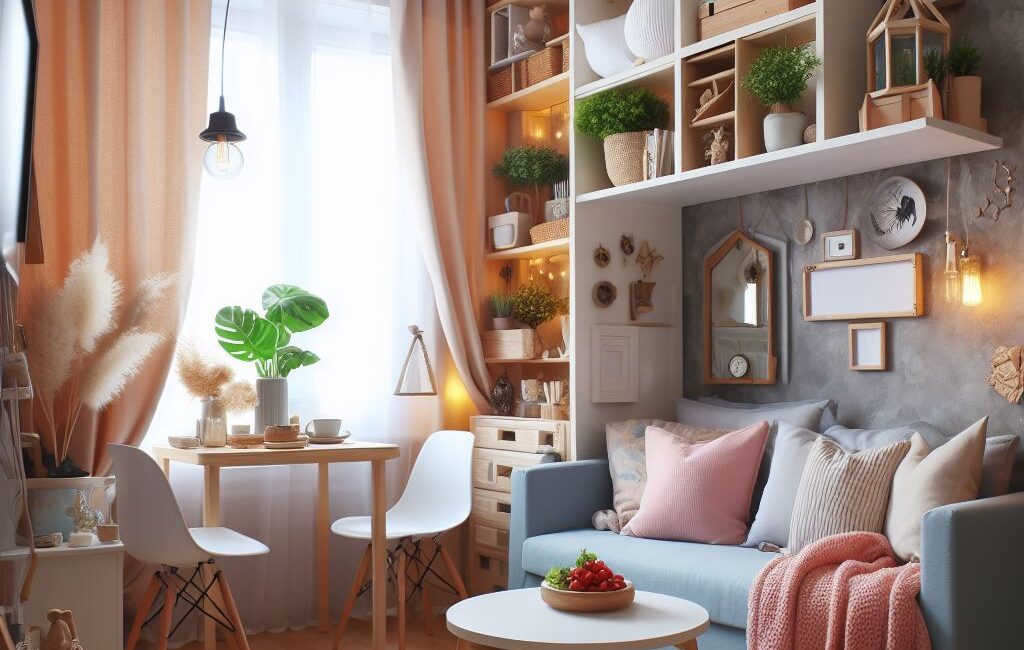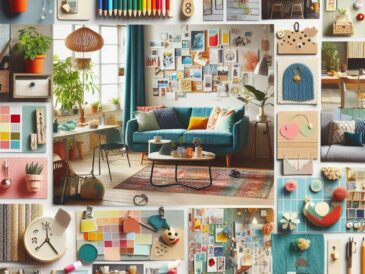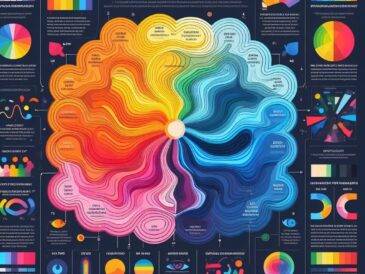As the world becomes increasingly conscious of environmental issues, eco-friendly design has emerged as a major trend in interior decorating. From sustainable materials to energy-efficient technologies, homeowners are embracing environmentally friendly practices to create stylish and sustainable living spaces. If you’re looking to incorporate eco-friendly design into your home, here are some sustainable interior trends that are taking over:
- Biophilic Design: Biophilic design focuses on incorporating elements of nature into interior spaces to create healthier and more productive environments. This trend emphasizes the use of natural materials, such as wood, stone, and bamboo, as well as the integration of plants and greenery throughout the home. Biophilic design not only enhances the aesthetic appeal of a space but also improves indoor air quality, reduces stress, and promotes overall well-being.
- Upcycling and Repurposing: Upcycling and repurposing old or discarded materials is a sustainable way to add character and charm to your home while reducing waste. From reclaimed wood furniture to vintage textiles and salvaged architectural elements, incorporating upcycled and repurposed items into your decor adds a unique touch and reduces your carbon footprint.
- Energy-Efficient Lighting: Energy-efficient lighting solutions, such as LED bulbs and fixtures, are becoming increasingly popular in eco-friendly design. These lighting options consume less energy, last longer, and produce less heat than traditional incandescent bulbs, helping to reduce energy consumption and lower utility bills. Additionally, daylighting strategies, such as skylights and large windows, allow natural light to illuminate the space, further reducing the need for artificial lighting during the day.
- Low-VOC Paints and Finishes: Volatile organic compounds (VOCs) are harmful chemicals found in many paints and finishes that can off-gas and contribute to indoor air pollution. To promote healthier indoor air quality, many homeowners are opting for low-VOC or zero-VOC paints and finishes, which contain fewer harmful chemicals and emit fewer pollutants. These eco-friendly alternatives are available in a wide range of colors and finishes, allowing you to achieve your desired look without compromising on sustainability.
- Sustainable Furniture and Decor: When choosing furniture and decor for your home, opt for pieces made from sustainable materials and produced using environmentally friendly manufacturing practices. Look for furniture made from responsibly sourced wood, bamboo, or reclaimed materials, as well as upholstery fabrics made from natural fibers such as organic cotton, linen, or hemp. Additionally, consider supporting local artisans and craftsmen who create handmade and one-of-a-kind pieces using sustainable methods and materials.
- Smart Home Technology: Smart home technology can help reduce energy consumption, conserve resources, and promote sustainability in the home. From programmable thermostats and smart appliances to home automation systems that optimize energy usage and improve efficiency, incorporating smart technology into your home allows you to monitor and control your energy usage and reduce your environmental impact.
- Water-Saving Fixtures: Water-saving fixtures, such as low-flow toilets, faucets, and showerheads, help conserve water and reduce water usage in the home. These fixtures use less water per flush or minute of use compared to traditional fixtures, helping to conserve water resources and lower water bills. Additionally, incorporating graywater recycling systems or rainwater harvesting systems allows you to collect and reuse water for irrigation or non-potable uses, further reducing water consumption.
- Indoor Air Quality Monitoring: Indoor air quality monitoring systems can help you track and improve the air quality in your home by monitoring levels of pollutants such as VOCs, particulate matter, and humidity. By maintaining healthy indoor air quality, you can create a more comfortable and sustainable living environment for you and your family.
In conclusion, eco-friendly design is more than just a trend—it’s a commitment to creating healthier, more sustainable living spaces that benefit both people and the planet. By incorporating sustainable materials, energy-efficient technologies, and environmentally friendly practices into your home decor, you can create a stylish and sustainable living environment that reflects your values and promotes a greener future. Whether you’re renovating your current home or starting from scratch, embracing eco-friendly design trends allows you to create a space that is beautiful, functional, and environmentally responsible.



